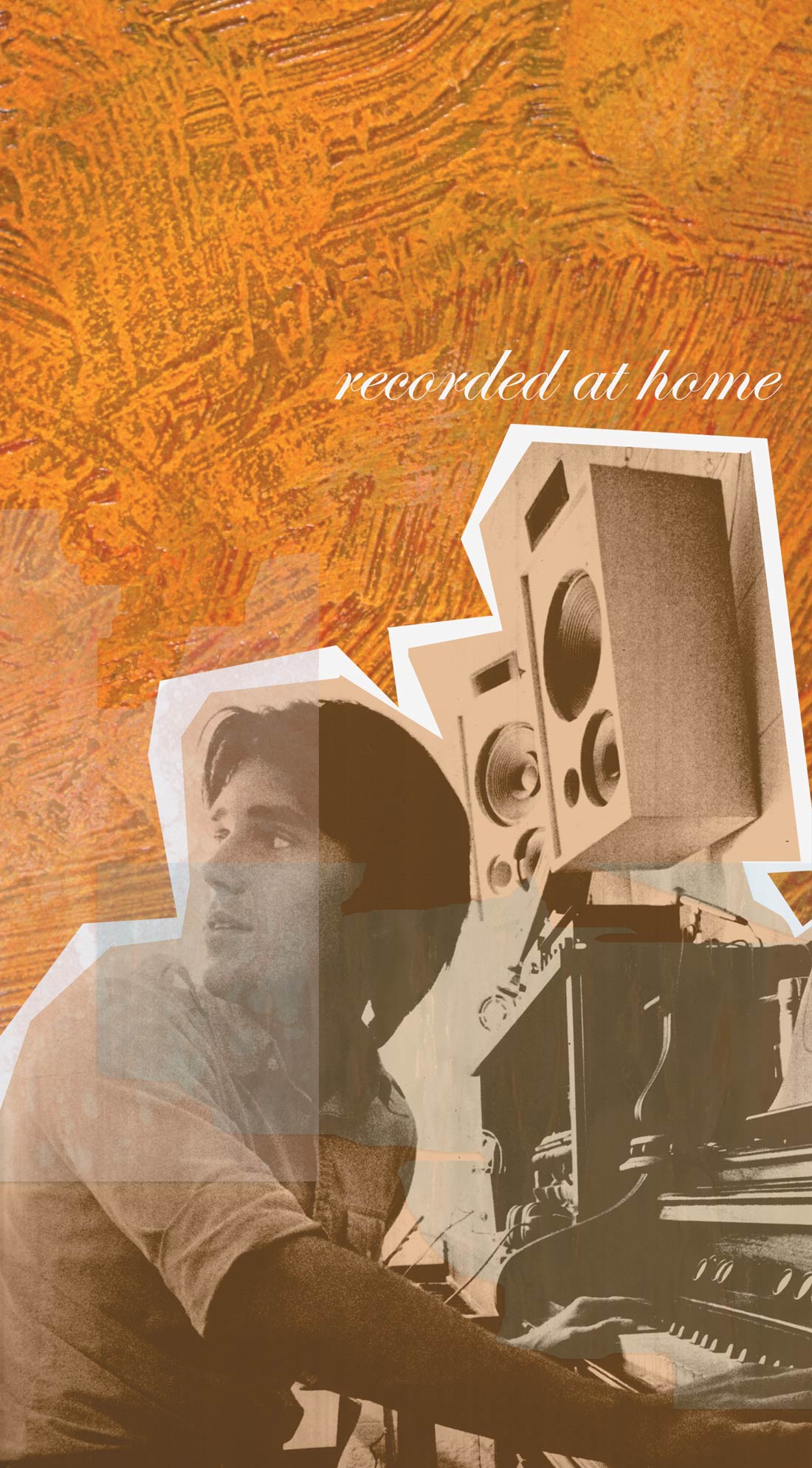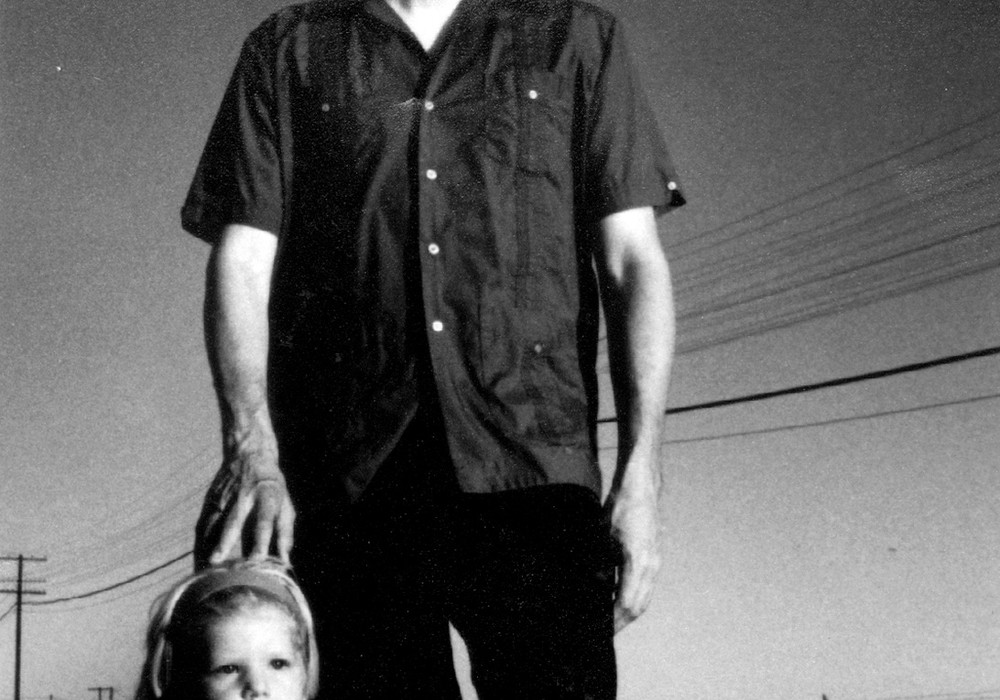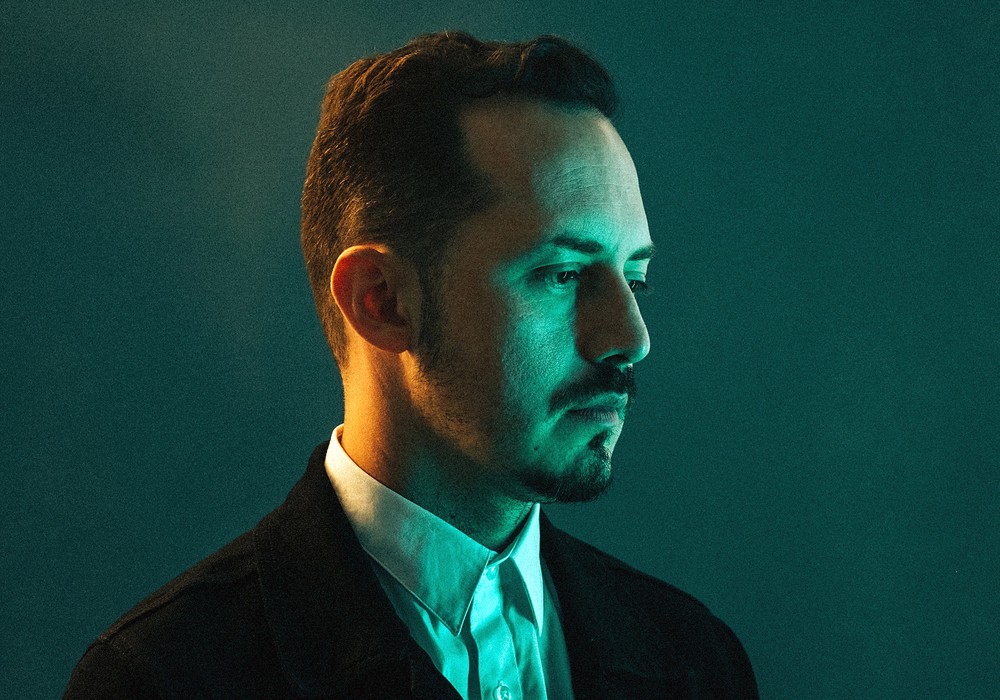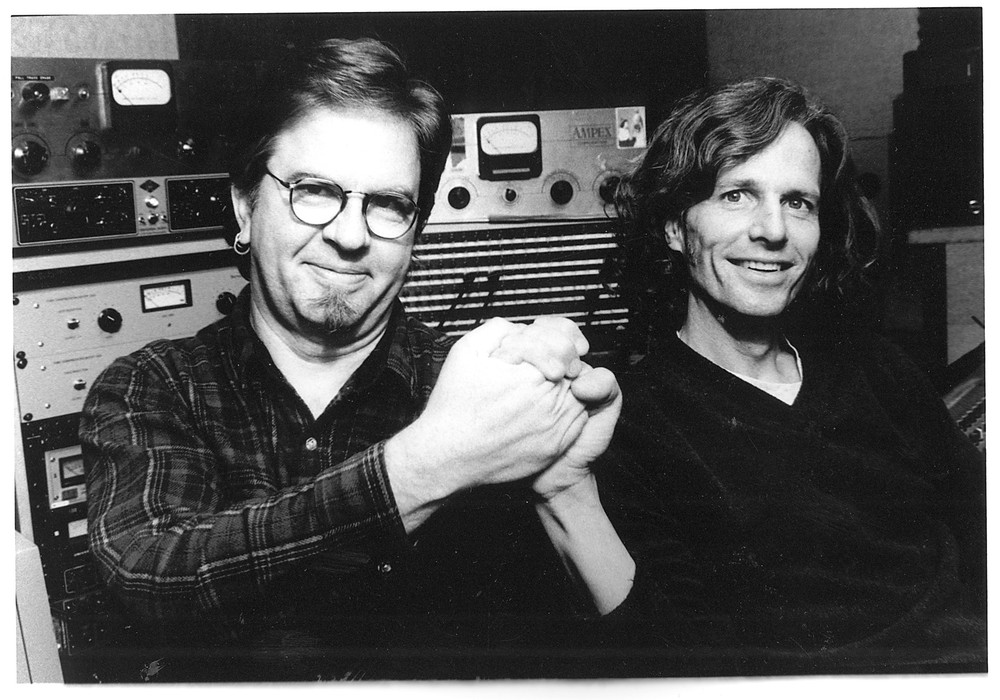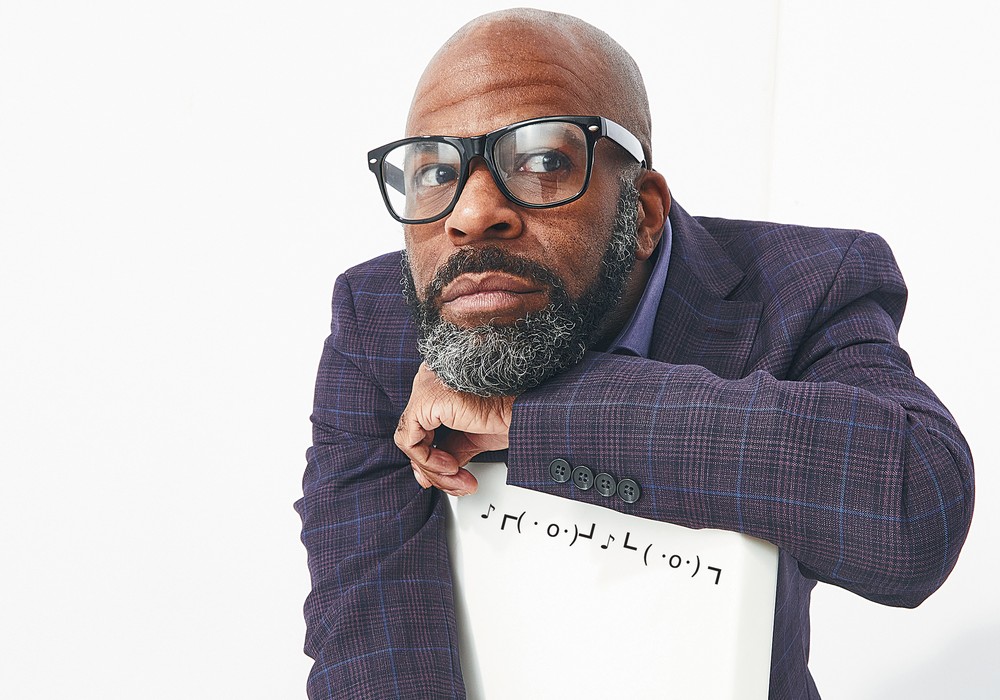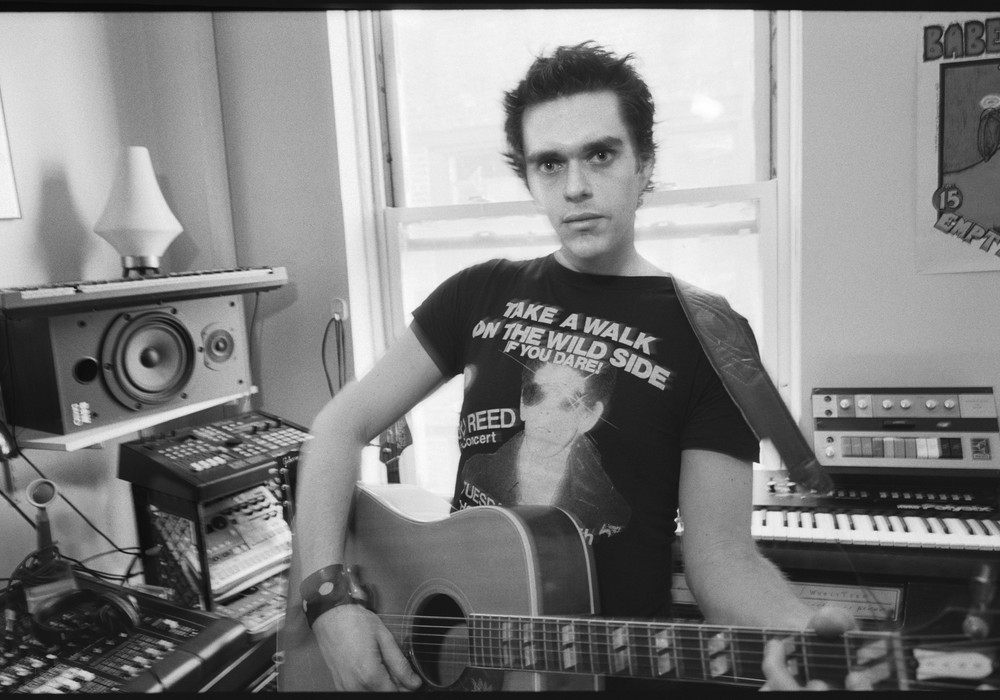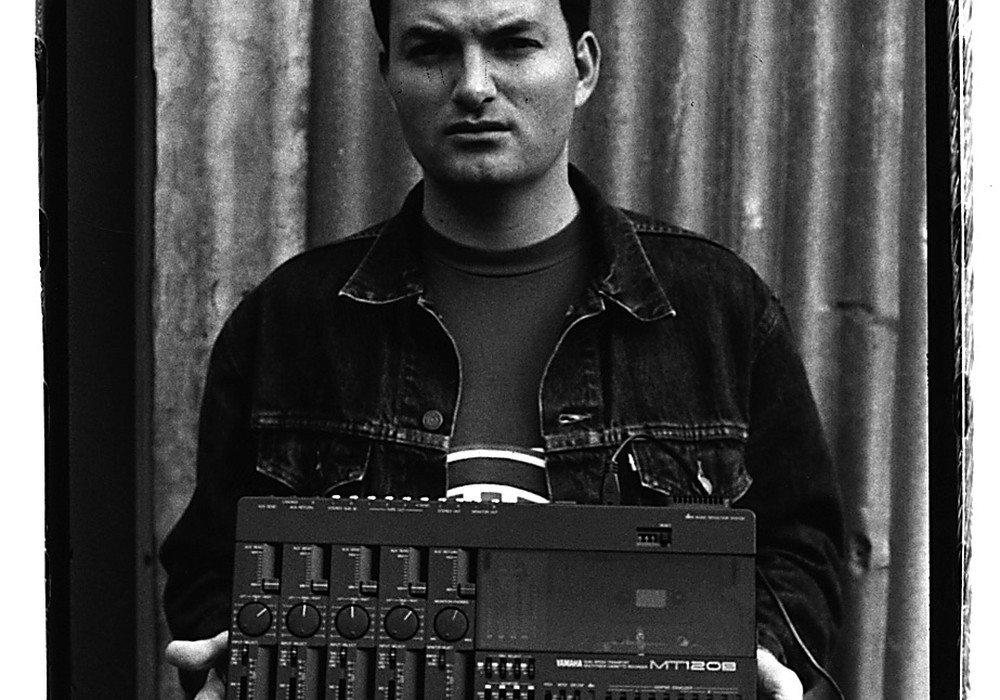Though Emitt [see interview this issue] wrote the songs, played every note, and acted as his own engineer and producer, when mixing time rolled around the tapes were whisked away to Sound City where the team of Keith Olsen and Curt Boettcher would work their magic. Keith, of course, would go on to become an insanely successful producer (Fleetwood Mac, anyone?), but in 1970 he was still a young engineer, just trying to make a name for himself. We recently spoke about his work on Emitt's albums and what it entailed.
So, how did you get involved with Emitt?
I was an independent producer and engineer, just starting out. And I'd been hammering every record company to give me a project. Emitt was signed to ABC/Dunhill where Harvey Bruce was an A&R guy. He was friends with Dallas Smith who was producing Five Man Electrical Band, and one night at the studio Dallas told Harvey that he should hear some of my stuff. So he did, and he asked me if I would help him on some projects. I was introduced to Emitt and it just went from there.
What was your first impression of the tapes Emitt had recorded there at home when they were brought to you? Did you think, "Oh no, what am I going to do with this?" or were they okay?
Well, let's see, the first album was done on 8-track, right?
It was on 8-track by the time it got to you.
Right. But, because he had used the 4-track and had done so much bouncing, he had hum. 60-cycle hum. Everything had hum on it. It wasn't real bad, but when you started bringing up all the tracks and trying to put some bottom end on it, you had all this hum. Hum everywhere. So, I was notching stuff and trying to get rid of hiss and crackles and pops and all that stuff. It became more of a technical issue, because anything you did to anything, the hum became worse. So, we did a lot of selective filtering. We flipped things out of phase so every other track would come back with the same hums hopefully out of phase. You know, stuff like that. When you're thinking about 60-cycles, 60 hertz hum, recorded at 15 ips, you can see it as you're just moving the tape very slowly. The needle's just going "bump, bump, bump". But, Emitt was using these little speakers, well actually they were bigger speakers, but he got used to the hum. He lived in hum. That garage was all hum. So, there was the technical aspect of getting rid of that hum. Another thing was that he recorded very hot on tape, so there was a lot of IM distortion. And as soon as you started putting presence — top end — on a voice, it started accentuating that distortion. But, there was also the technical aspect of effects. Back then you didn't have any effects. If you wanted to do something you built it up with tape machines and patch cords.
I was going to ask you about that. I think I hear a tiny bit of phasing at times on a couple of tracks and maybe some flanging as well.
Yeah, we tried just about everything.
Were you using a chamber or a plate for the reverb on that album?
For reverb we had two EMT plates there at Sound City and we also had one natural chamber. But I couldn't tell you without digging out the record and listening like crazy to it which ones we used on what track.
I know that, at least on that first album, Emitt didn't have any compressors or limiters during the recording of it.
Absolutely none.
But you can definitely hear a lot of compression on the final product.
We had to. You know, whenever you mix something for records, especially if it's going to vinyl, you only have so much dynamic range before you get down into all the garbage. You have 20 dB of dynamic range that you're working with so it became a challenge.
What kind of compressors were you using at the time?
We had LA-2As and 1176s. And we had Pultec equalizers and Langevins. And we also had a Phillips compressor, a PCM compressor, which was really rare for the time.
Emitt said he bought a pair of 1176s after seeing you use them during the mixing.
Yes, but that created more problems for us as he tended to misuse them a bit, and we ended up with a fair amount of distortion that we had to try to deal with during mixing.
He also said you were the one that suggested he rent a Neumann to record the vocals.
That's right. I said, "Please get a good mic for your vocals!"
And I had always thought he had recorded those vocals with the cheap little Electrovoice mics.
Well, he was using those for the instruments. Actually, you know, cheap little mics can be very good at certain times, but he was out there in the garage where you don't really want to pick up the acoustics of the place. You want to have just the voice. So, get a mic that has a good cardioid pattern, get close to it and sing. Get as much of the quality of the voice and as little of the room that you're singing in as humanly possible. So, I said, "Go rent a Neumann, it won't overload." Because, the main thing that was wrong with all of his tapes was that he would overload the preamps. Because he just didn't know what he was doing back then. He was just getting music on tape. "Gee, well, should this gain stage be lower? Should I bring up the gain at the tape? Am I recording too hot to tape?" He was just trying to get it where it sounded good.
As he progressed and learned his craft, did your job get easier? Because at some point he got the Langevin board and an 8-track machine, so he wasn't dumping from four to eight.
Yeah, the 8-track made it easier. But we had another issue with the 8-track. I think the alignment of the 8-track was out or something. I can't remember. You know, he could have done those records so much faster if he'd just gone to a studio. Not to be like everybody else, but he had to spend all that time learning how to be an engineer and technician, whereas, if he'd just gone into a studio he could have spent more time and energy on just being an artist. Uh oh, I'm preaching now!
